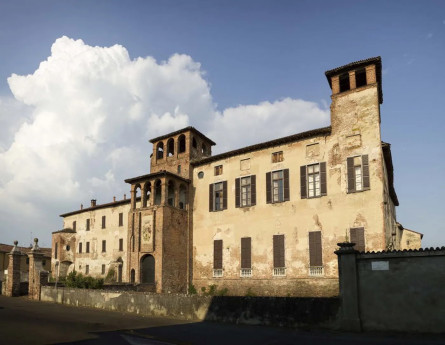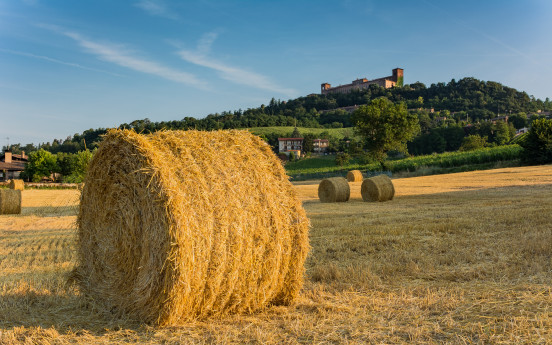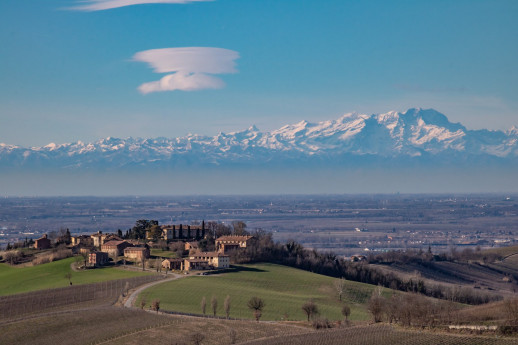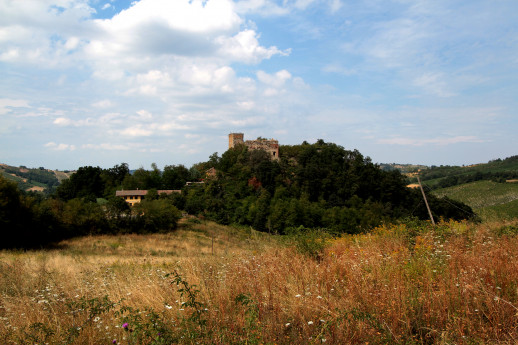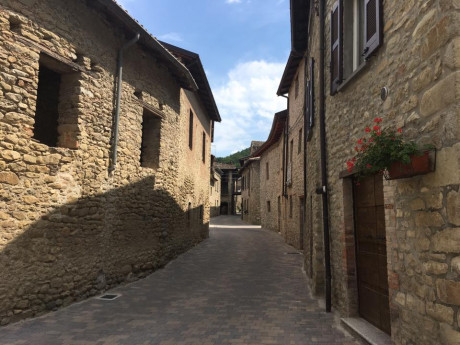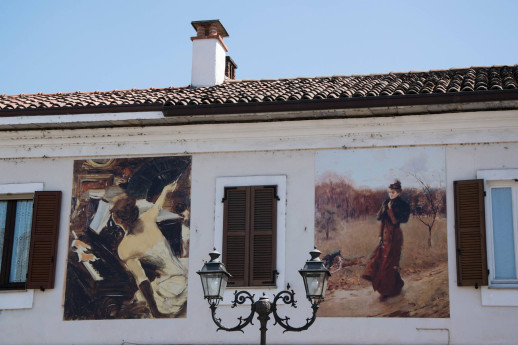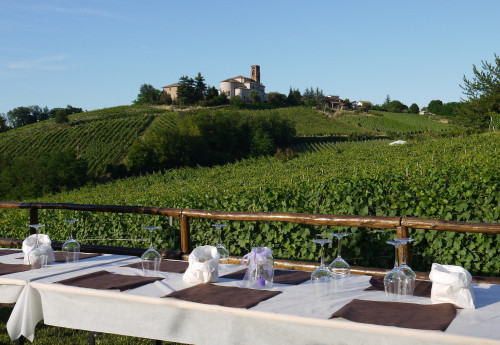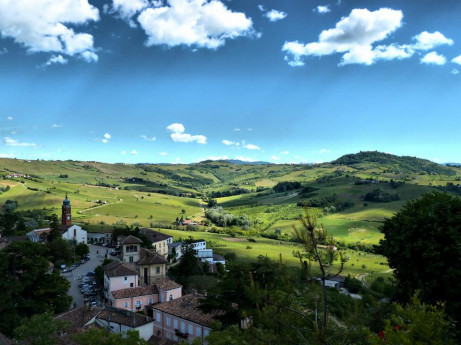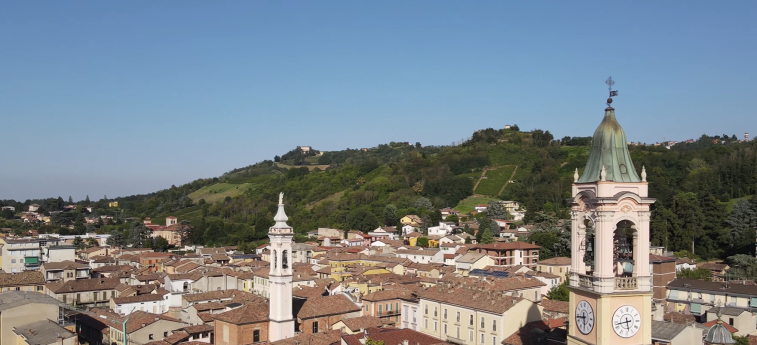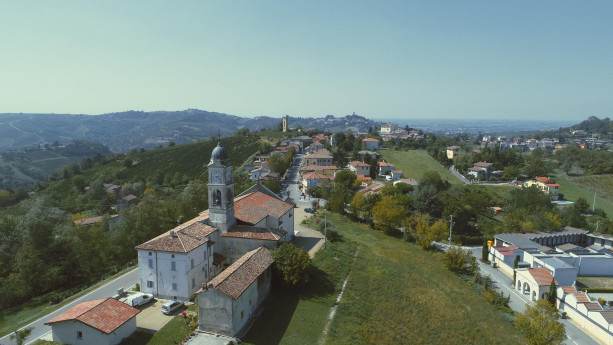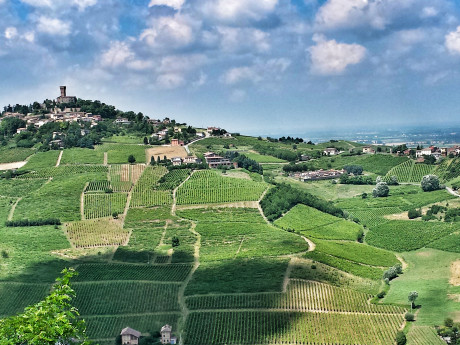Santa Giuletta
Santa Giuletta Originally inhabited by Ligurian and Gallic tribes, later home to a Roman settlement, Santa Giuletta boasts an ancient winemaking tradition. Documents dating back to around the year 1000 describe it as one of the most vineyard-rich hill territories in Northern Italy. In 1879, researchers from the Botanical Garden of Pavia discovered one of the earliest outbreaks of downy mildew (Plasmopara viticola), a fungus of American origin that nearly wiped out Italy’s vineyards. Once part of the Feud of Broni (13th century), the area later came under the control of different noble families: the Beccarla in the 15th century, the Trotti and the Isimbardi in the 18th century. During the Kingdom of Savoy, it served as a district capital and, in more recent history, played a significant role in the Italian Resistance during World War II. What to See Santa Giuletta is home to several noteworthy landmarks: The Castle, located in the hamlet of the same name, sits atop a hill. Of the original 12th-century structure, only the underground cellars remain—once used as grim prisons. Today, the complex appears as an 18th-century neoclassical villa, extensively restored and currently undergoing further renovation under new ownership. The Castle Parish Church, also closed for restoration, was built in the 13th century and dedicated to Saint Julitta, a Greek martyr. It contains beautiful paintings in the Caravaggesque style. The Two Towers, one known as Sarolli-Griziotti, embody both romantic and Renaissance elements. A scenic road winds up from the town center on Via Emilia to the Castello hamlet, offering breathtaking views of the vast Po Valley on one side and the rolling hills and layered peaks of the Apennines on the other. Along this route, travelers pass historic vineyards and stunning organic wineries. Near the Castello hamlet, the Isimbardi-Vismara Castle and Parish Church stand out, with olive trees and thriving caper bushes growing on their southern slopes. The Doll and Toy Museum Once, the dolls of Santa Giuletta were famous worldwide. In the 1950s, newspapers ran extensive articles about this small town, entirely dedicated to designing and producing dolls with all their accessories. Nearly every household was involved in this craft, and around twenty factories employed about a thousand workers, not to mention the widespread network of subcontractors and home-based artisans across the region. It was a true local industry. Initially, the dolls were made of papier-mâché through a highly elaborate process and were primarily decorative pieces for newlyweds’ living rooms and sofas. Later, plastic replaced traditional materials, leading to innovations such as walking and talking dolls, followed by plush toys and other playthings. Today, this once-thriving industry has all but disappeared. To preserve this rich heritage, the Municipality of Santa Giuletta has curated a collection of dolls, toys, photographs, molds, tools, labels, and catalogs from the 1930s to the 1980s, now housed in a museum. The museum’s purpose extends beyond tourism to include cultural, historical, and educational initiatives. Over the years, workshops focused on artistic craftsmanship have been held, including one dedicated to doll-making. A new municipal library has been established alongside the museum, designed for exhibitions and research on dolls and local history. A highlight of the museum is its artisan workshop, where traditional papier-mâché dolls, modeled after pre-WWII designs, will be recreated. SOURCE: Municipality of Santa Giuletta
